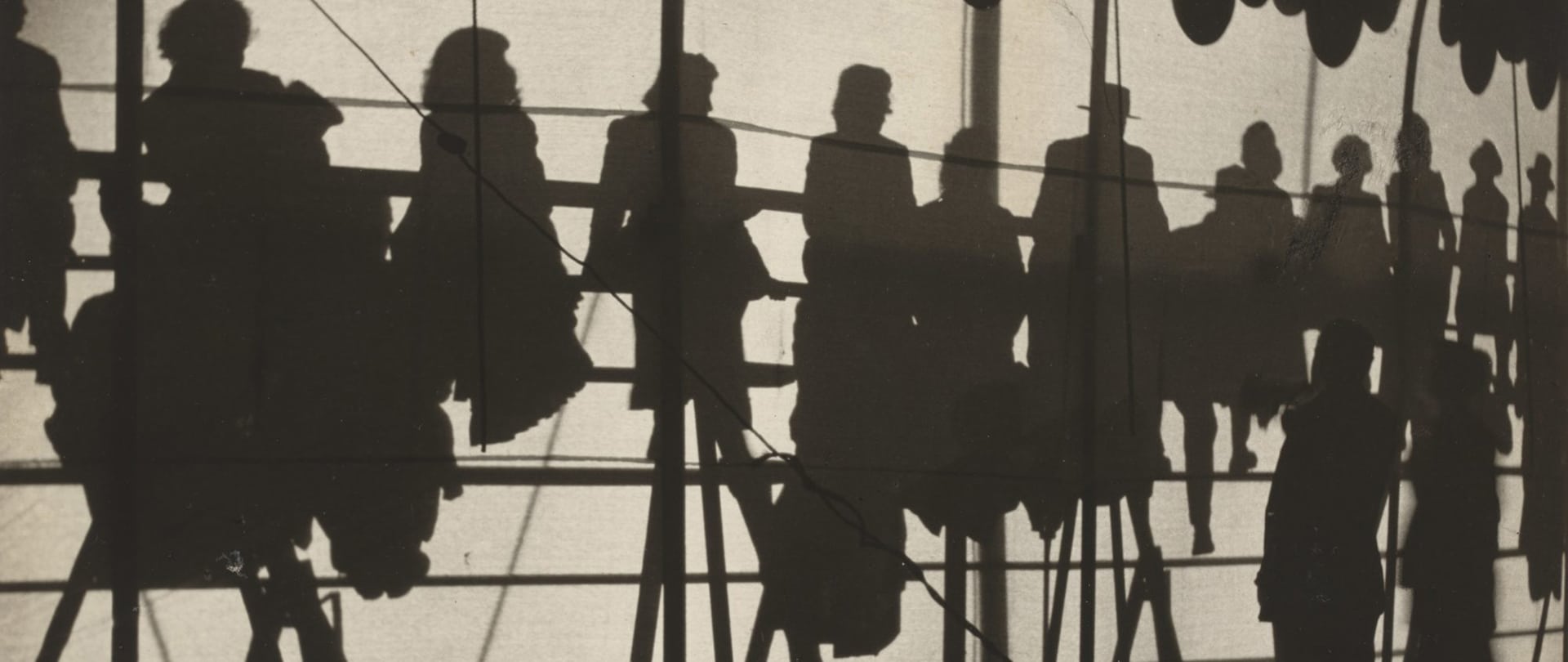In her final exhibition for the Museum of Modern Art, curator Sarah Meister explores the work of a highly influential group of Brazilian amateur photographers.

You’re getting blind.
Don’t miss the best of visual arts. Subscribe for $9 per month or $108 $90 per year.
Already suscribed ?


